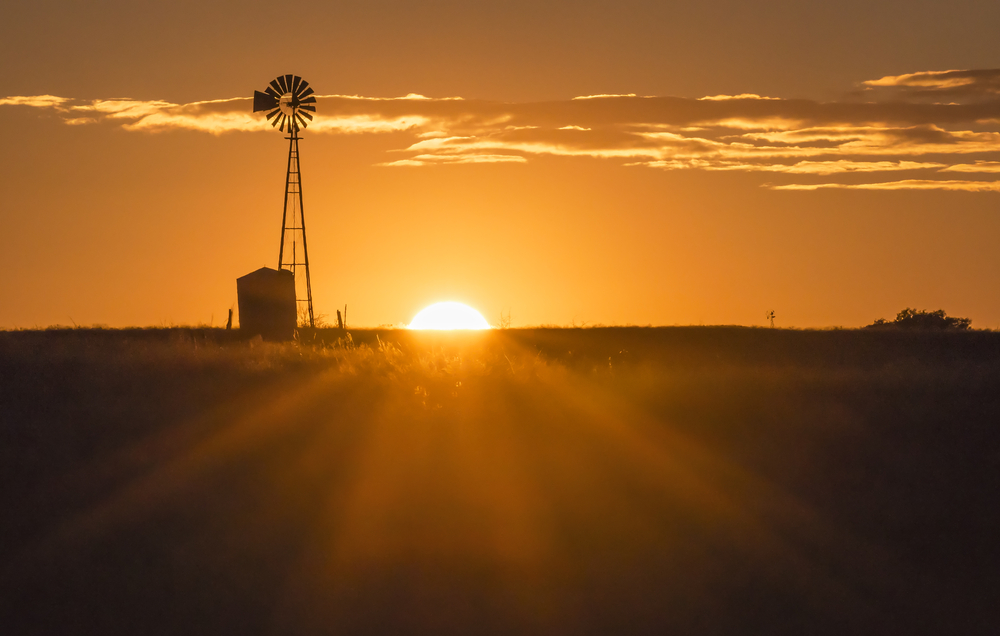The impact of sustained drought on our water supplies…
Here are some alarming statistics: Texas has been experiencing drier winter and spring seasons since 1950, and wetter summer and fall seasons since 1960. Charting these climate trends reveals that overall, Texas annual rainfall has been greater since 1960, compared to 1895 through 1960. Apparently, drought was much more common before the 60’s than it is today.
A brutal combination…
Having come through a summer with record heat and less than normal rainfall, people are beginning to understand how this combination can stress our area water supply. When it comes to water use, the biggest culprit is excessive, relentless over-use of irrigation systems.
Experts warn that during spring and summer months, when about 80 percent of residential water use is for lawn and landscaped areas, as much as 50 percent of that water is wasted. The popular W.I.S.E. Guys irrigation system evaluation program — available in The Woodlands and the City of Conroe — is helping residents get their watering cycles under control and educating homeowners that even thirsty St. Augustine grass needs a lot less water to thrive than most systems routinely deliver. The drought underscores the need to stop excessive irrigation use. Just as Americans have long had a love affair with their automobiles, for the past 50 years or so folks have been wedded to their lush, sculptured, maincured lawns. Thanks to the significant requirements for chemical supplements and water, many homeowners are seeking a divorce. Some are going so far as tearing out their front lawns, replacing them with native plant gardens, or courtyards with groundcovered, stepping-stoned seating areas.
Some have called the lawn the Hummer of the landscape…because it is like a big gas guzzler but uses lots of water instead of gas. Lawns are big polluters, too because they consume large amounts of herbicides, pesticides and chemical fertilizers to maintain them.
According to NASA data, lawns have outpaced corn to become America’s largest irrigated “crop” by area — at about 32 million acres — based on satellite and aerial imagery collected by the agency over 13 metro areas.
Think about it…there’s no place else on earth that people have this much residential turf. Experts agree that it is time to adopt some water-wise concepts for our lawns. The lawns of the future will look much different, due, in part, because of the rising cost of water.

